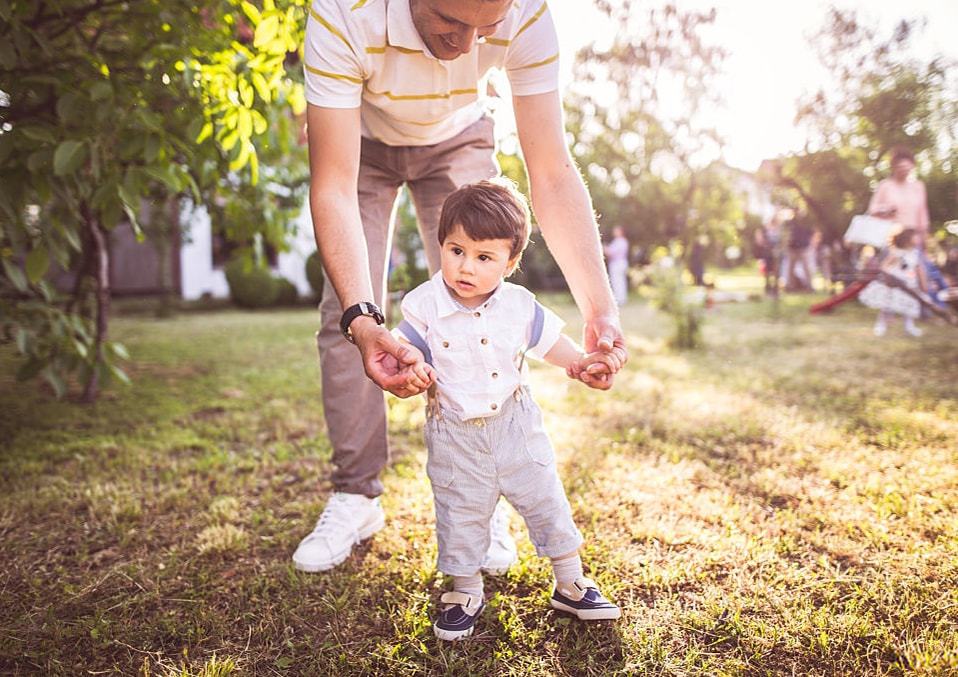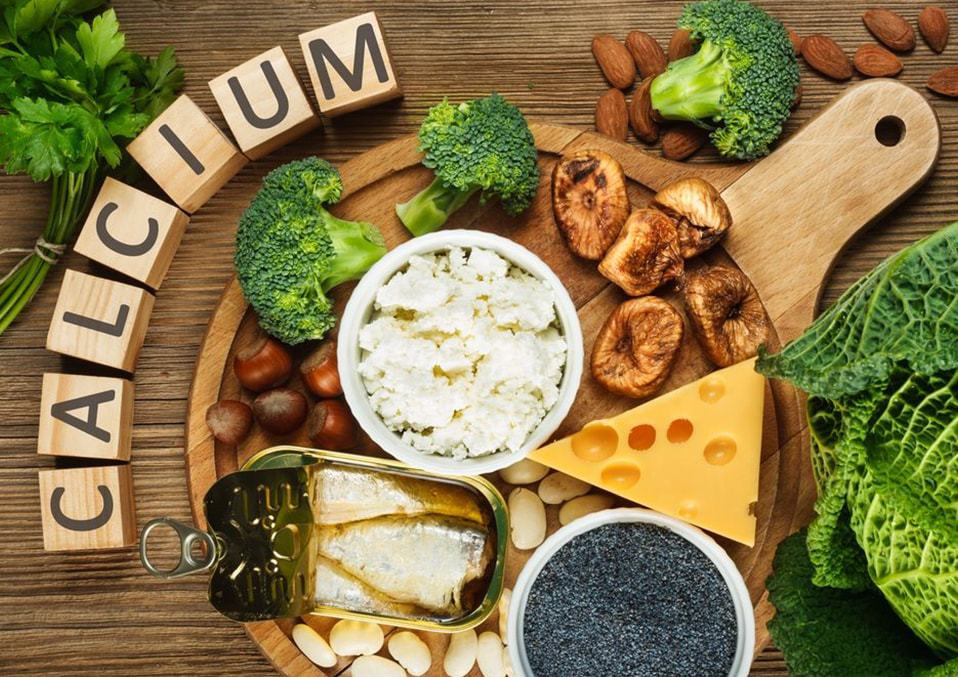Can you imagine a newborn baby, despite its tiny, fragile size, contains around 300 bones? Adults, on the other hand, has around 200 bones. So, this shows that babies have more bones as compared to adults. Unbelievable, but it’s true and science can attest to that.
Bones are made up of living tissue called cartilage and calcium. Cartilage is a living tissue that covers and protects the ends of bones at the joints. Smooth and elastic, cartilage can be found in the rib cage, ears, nose, and other soft parts of the body.
What are bones made of?
How does an actual bone look like? If you’ve seen a real bone, they might appear dry, crumble, or hard. Nevertheless, the real bones inside your body that make up your skeletal system are alive, growing, and is undergoing constant changes just like the other parts of your body.
Made of the same materials, every single bone in your body is composed of the following layers:
- Periosteum – a thin membrane consisting of nerves and blood vessels that provide nourishment to the bones
- Compact Bone – smooth but hard; the part which you see first when you look at the skeleton
- Cancellous – not as hard as the compact bone but is very rigid, give protection to the bone marrow
- Bone marrow – the jelly-like core in the bone responsible for producing blood cells
The three types of cartilage
Divided into three types, cartilage can be classified into the following:
- Elastic Cartilage – can be found in the external ear flaps and in the larynx
- Hyaline Cartilage – can be found in the trachea, nose, ears, parts of the larynx, and some respiratory tubes
- Fibrous Cartilage – can be found in the spine
There is a great reason why babies are born with soft bones; if they were full hardened, it would be hard for mothers to deliver them to this world. During the time when your little one was still in the womb, the flexibility has helped him to curl up in a limited space of the womb.
Bones undergo changes when your baby grows

As babies grow, cartilage will be replaced by actual bone. Most of the bones of your baby will merge together, which leads to a decrease of their number. This explains why the number of 300 bones at birth goes down to 200 by the time we become adults.
Bones throughout the body undergo fusion and you may notice this in some spaces between the bones in the skull of your baby. You may feel soft spots but know that they are normal and known as “fontanelles”. These will just close as your baby and his bones grow.
When cartilage is changing to the bone, the process is called ossification. This takes place before birth and continues until the adolescence stage. It works when capillaries transport blood to osteoblasts, which are cells responsible for bone formation. These cells start to generate compact bone, which shields the cartilage and eventually replacing it.
What are the other bone changes?
Changes are constant and this applies to our bones. As we become adults, our bones also undergo continuous changes through a process called remodeling. This involves the development of new bone tissue and the disintegration of older bones and turns into calcium and other minerals. These are then released to the bloodstream through the process called resorption. You have nothing to be worried about as this is normal and a sign of healthy bones.
Unfortunately, when a bone loss takes place faster than normal, this is something for us to feel alarmed about. Rapid bone loss can be caused by some factors which include the following:
- Too much alcohol intake
- Hormonal changes brought about by menopause
- Ageing
- Calcium deficiency
There is a condition that affects bone loss and this is termed as osteoporosis. This is characterized by having bones that are losing their density thus becoming more susceptible to injuries and fractures.
The role of calcium in bone growth and development

Calcium is a mineral that plays an important role in the formation of every new bone tissue. It is essential in maintaining bone strength. Calcium and Vitamin D work together in protecting your bones. While Calcium builds and maintains the bones, Vitamin D, on the other hand, absorbs calcium effectively. Calcium can be found in milk, some fruits, and green leafy vegetables.
Ways to build strong bones
Indeed, the whole process of bone growth and merging in children is amazing. That’s why it is crucial to do all that we can to keep them healthy for the coming years. It is our job as a parent to make sure that the bones of our kids are well protected and strengthened from the time they are delivered to this world.
How do we take care of our bones? It is easier than you think. Our bones are built to become healthy and strong as early as childhood, adolescence, and make sure that we are able to protect and maintain them when we reach adulthood.
Here are some tips in taking care of our bones:
- Wear a helmet when riding a bike or doing other sports.
- Add support to your wrists, elbows, and knees when skateboarding, using a scooter, or in-line skates.
- Wear proper equipment when playing football, soccer, hockey, etc.
- As much as possible, don’t let your small kids play on the trampoline.
- Give your kids calcium-enriched foods. Drink milk and include dairy products into your diet.
- Offer your kids Vitamin D supplements.
- Dance or exercise regularly to keep your bones healthy and strong.
Read Also:
- Things To Know About Water Birth
- Low Carb Pregnancy Diet: Does It Increase The Risk Of Birth Defects?
- Must-Know About Every Pregnant Woman With Abs -Post-Birth


